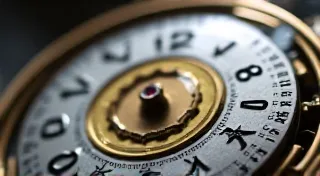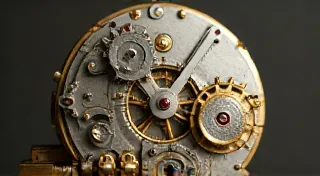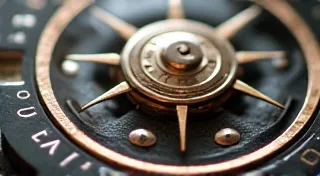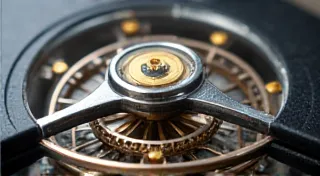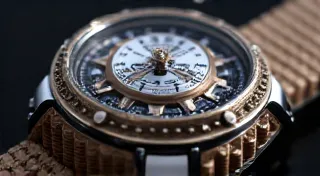Unlocking the Secrets of Sellita Movements: A Comprehensive Overview
For watch enthusiasts, collectors, and repairers alike, understanding the heart of a mechanical timepiece – its movement – is paramount. While ETA movements from Switzerland have long been the industry standard, a significant player has emerged in recent decades: Sellita. Often referred to as "ETA clones," Sellita movements offer a compelling alternative, providing performance and reliability with a different lineage. This article dives deep into the history, mechanics, and identification of Sellita movements, demystifying their role in the world of mechanical watches.
The Birth of Sellita: Responding to ETA’s Dominance
The story of Sellita begins in the late 1990s. Swatch Group, the parent company of ETA, announced plans to restrict the supply of ETA movements to non-Swatch brands. This decision sparked concern within the Swiss watchmaking industry, as many independent brands relied heavily on ETA's readily available and cost-effective movements. To address this potential crisis, a consortium of independent watchmakers formed Sellita in 1999. Their mission was ambitious: to develop a family of movements based on existing ETA designs, ensuring a continued supply for the broader watchmaking community.
The founders cleverly approached the challenge. Instead of starting from scratch, they secured the rights to use original ETA drawings and tooling from the 1970s. This allowed them to quickly produce movements with a familiar design and functionality, while establishing their own independent intellectual property. Understanding the nuances of watch movement design reveals a history shaped by engineering evolution – a concept explored further in articles examining The Echo of Hammers: How Movement Design Reflects the Soul of its Era.
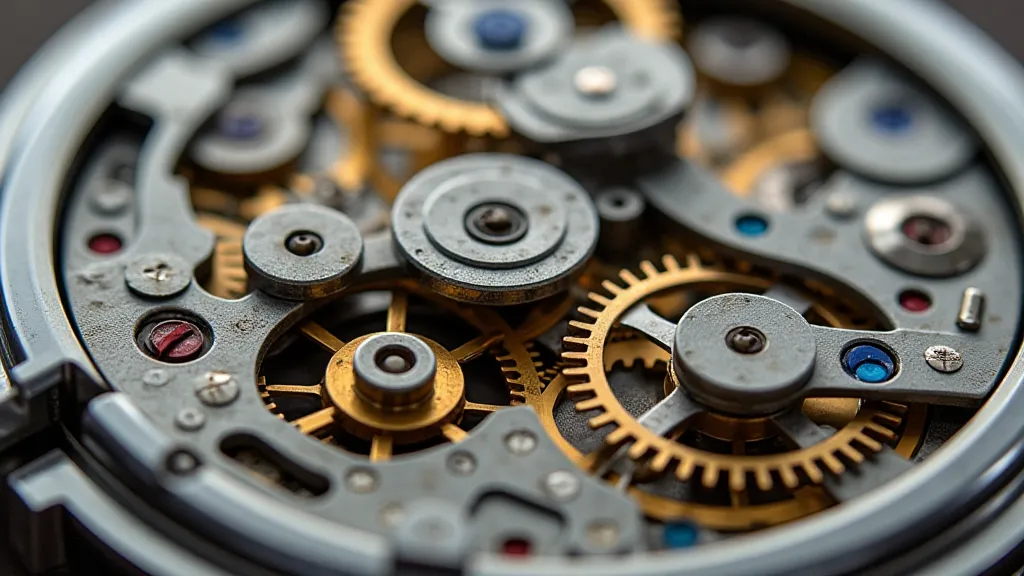
The SW200 Family: Sellita’s Flagship Line
The cornerstone of Sellita’s production is the SW200 family. This movement is fundamentally based on the ETA 2824-2, a widely used and respected automatic movement. The SW200 maintains the same size, shape, and functionality of the 2824-2, making it a drop-in replacement for many applications. However, key differences exist, which we'll explore further below.
Within the SW200 family, there are numerous variations:
- SW200-1: The original version, closely mimicking the ETA 2824-2.
- SW200-2: Improved version with a more refined finish and potentially minor performance enhancements.
- SW200-01: A variant with a date function.
- SW200-02: A variant with a date function and improved finish.
- SW300: A higher-beat (28,800 vph) version derived from the SW200, offering a smoother seconds hand sweep.
- SW330: A version with a power reserve of approximately 41 hours.
Key Differences: Sellita vs. ETA
While often called "ETA clones," Sellita movements aren't perfect replicas. Subtle but significant differences distinguish them:
- Bridge Design: The most visually distinct difference lies in the bridge design, particularly the balance bridge. Sellita bridges often have a more robust and often more attractive, design.
- Escape Wheel: Early Sellita SW200 movements utilized an ETA-derived escape wheel. However, Sellita developed its own in-house escape wheel design, resulting in increased efficiency and a potential improvement in accuracy.
- Mainspring Material: While both ETA and Sellita utilize Nivarox II, Sellita has sometimes used a different alloy composition, potentially influencing the power reserve and overall performance. The choice of materials is critical to the functionality and longevity of a watch movement; an examination of Watch Movement Materials: From Brass to Gold Plating details the wide range of materials used and their impact.
- Finishing: While early versions may have had a more utilitarian finish, modern Sellita movements often feature a higher level of finishing, with Geneva stripes, perlage, and other decorative elements. This contributes to a premium feel and aesthetic appeal.
- Accuracy: Early Sellita SW200 movements were sometimes reported to have slightly different accuracy profiles compared to their ETA counterparts. However, refinements over the years have minimized these differences. Both types of movements generally offer excellent timekeeping performance within specified tolerances.
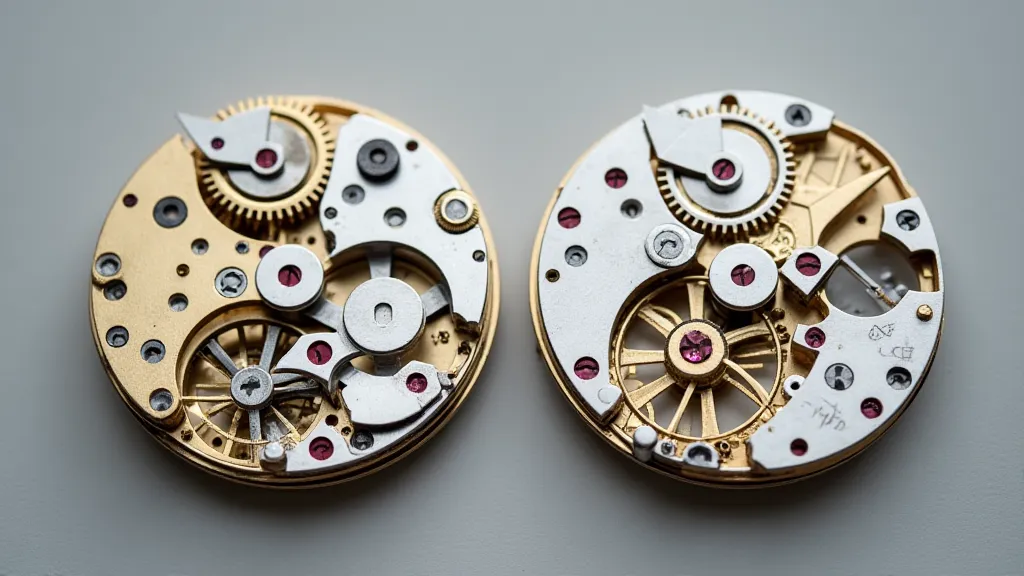
Identifying a Sellita Movement
Identifying a Sellita movement is generally straightforward. Here are a few key indicators:
- Movement Marking: The movement will be clearly marked "Sellita" along with the specific movement designation (e.g., SW200-1, SW300).
- Bridge Design: Carefully examine the balance bridge. Its design will differ from that of an ETA 2824-2.
- Movement Size: Sellita movements share the same dimensions as ETA 2824-2, typically 30mm in diameter.
- Serial Number: Sellita movements have a unique serial number that can be used to trace their production history.
The Significance of Sellita in the Watch Industry
Sellita's emergence has had a profound impact on the Swiss watch industry. By providing a reliable and independent source of movements, they’ve empowered countless brands, fostering innovation and competition. The complexity and artistry found within a single movement is truly captivating; a look at Rare and Unusual Watch Movements: A Look at Collector's Treasures highlights some of the most intriguing and sought-after examples from across the history of horology. Sellita’s success demonstrates the resilience and adaptability of the Swiss watchmaking ecosystem. They represent more than just a supplier of mechanical movements; they embody a spirit of independence and a commitment to preserving the art of horology.
Looking Ahead: Sellita's Future
Sellita continues to innovate, developing new movements and refining existing ones. They are actively investing in research and development, pushing the boundaries of mechanical watchmaking. As the demand for mechanical watches continues to grow, Sellita is well-positioned to remain a crucial player in the industry, providing exceptional movements for discerning watch enthusiasts and brands alike.
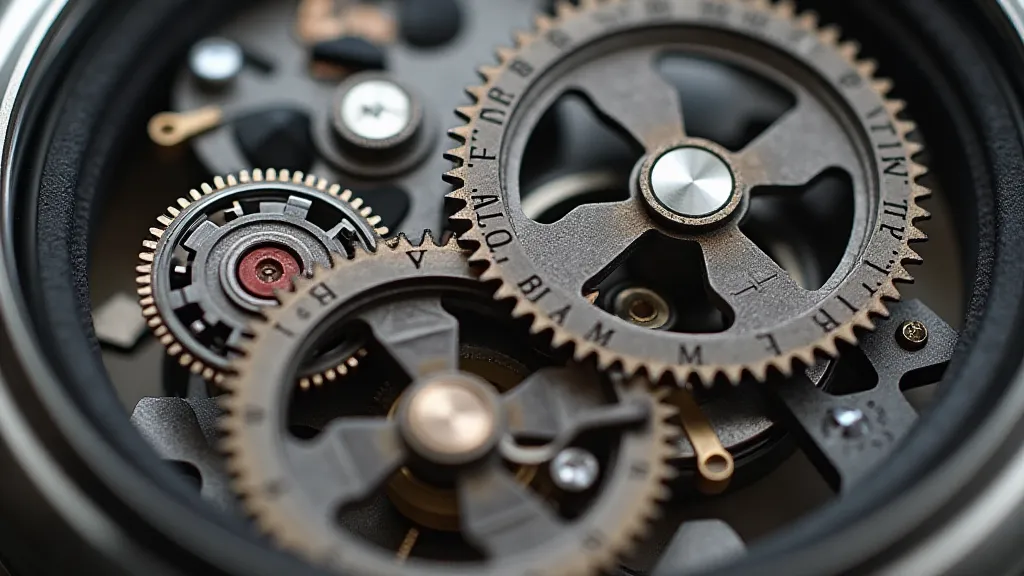
Whether you’re a seasoned watch repairer, a dedicated collector, or simply someone fascinated by the inner workings of a timepiece, understanding Sellita movements is essential. Their story is a testament to ingenuity, resilience, and the enduring appeal of mechanical horology. Further exploration of the construction and components of movements will reveal the remarkable craftsmanship and precision involved. The legacy of innovation and dedication showcased by Sellita continues to shape the world of mechanical watches.
